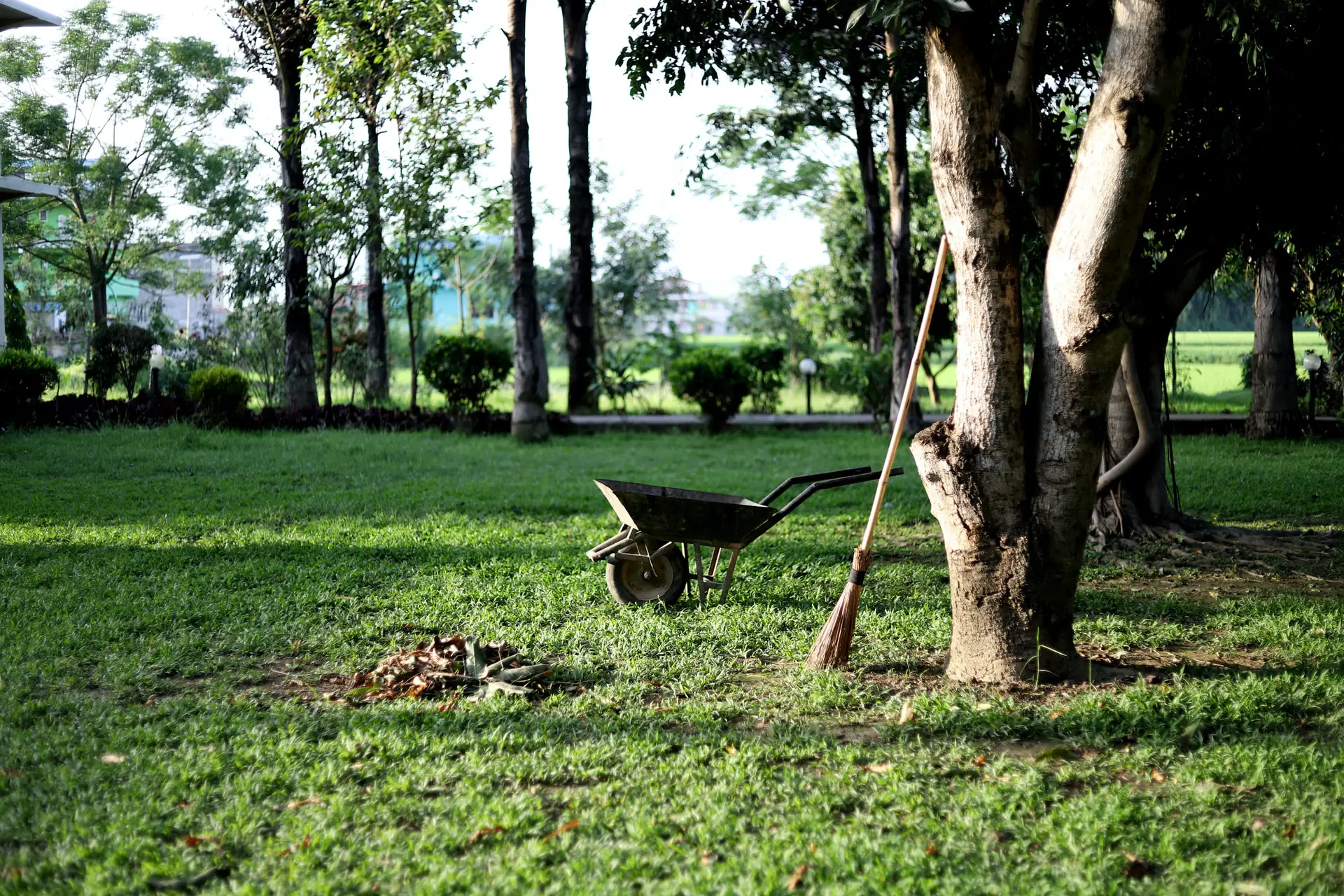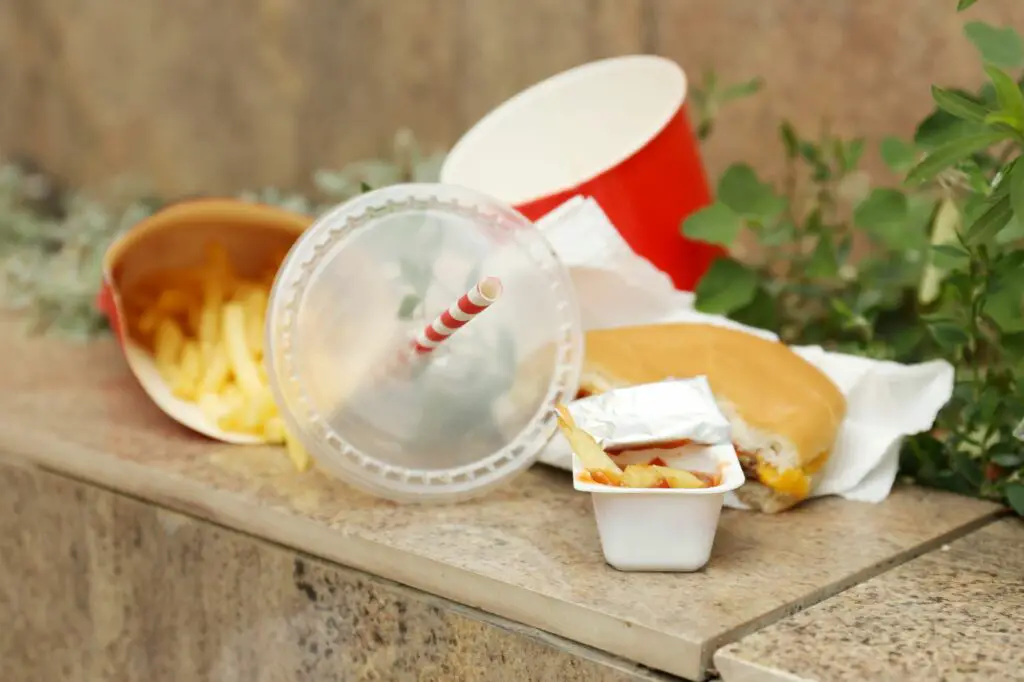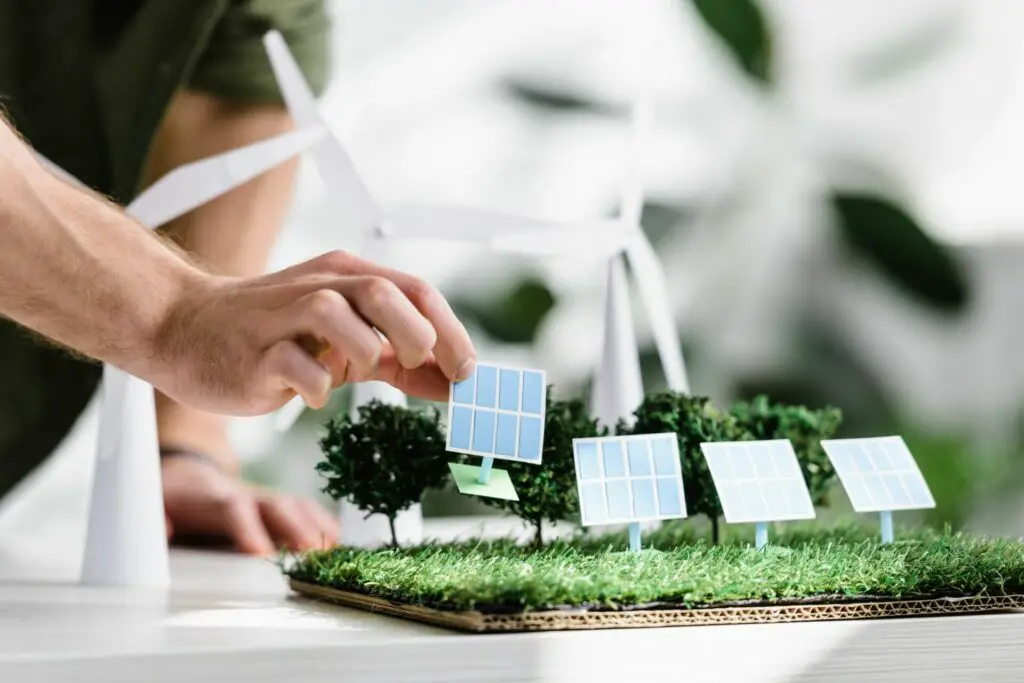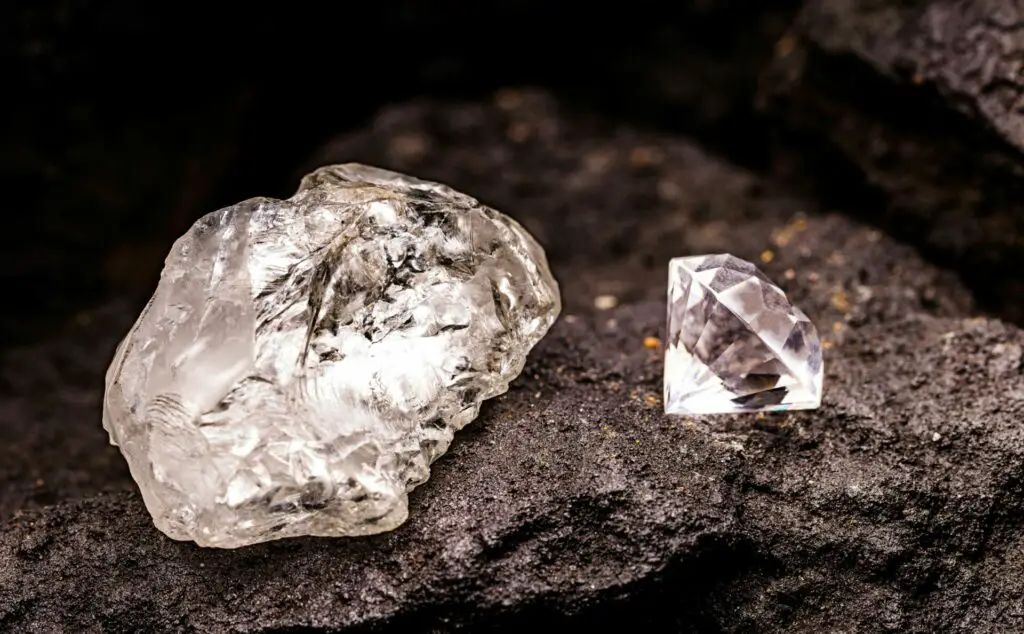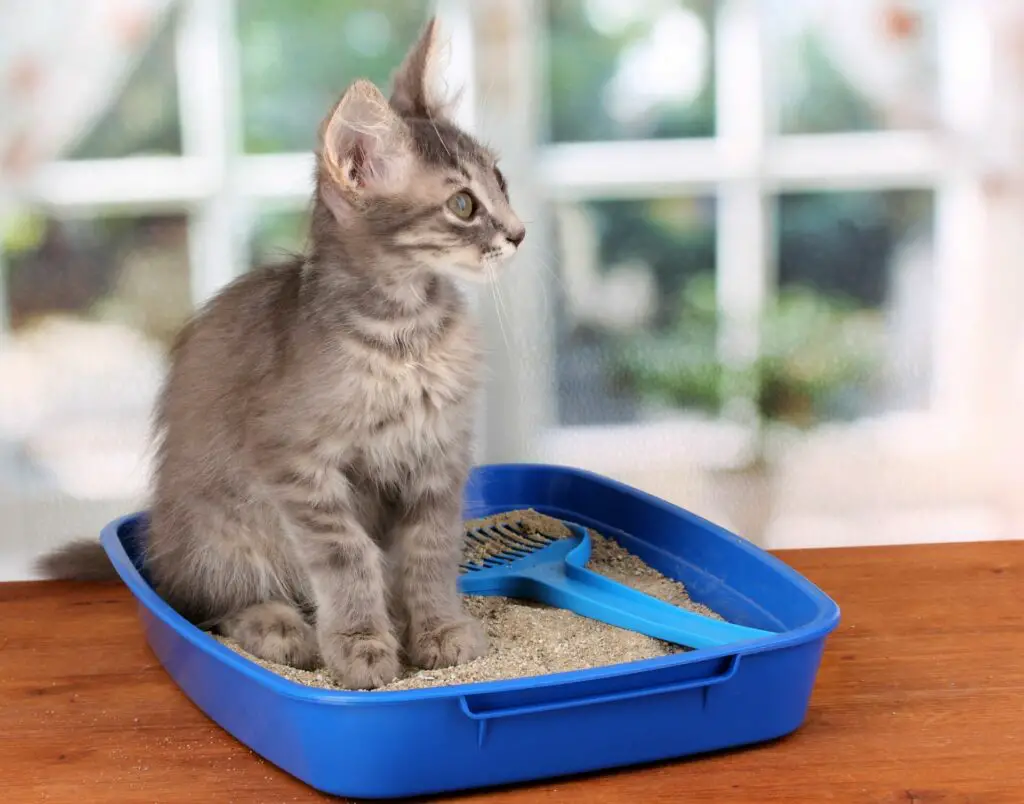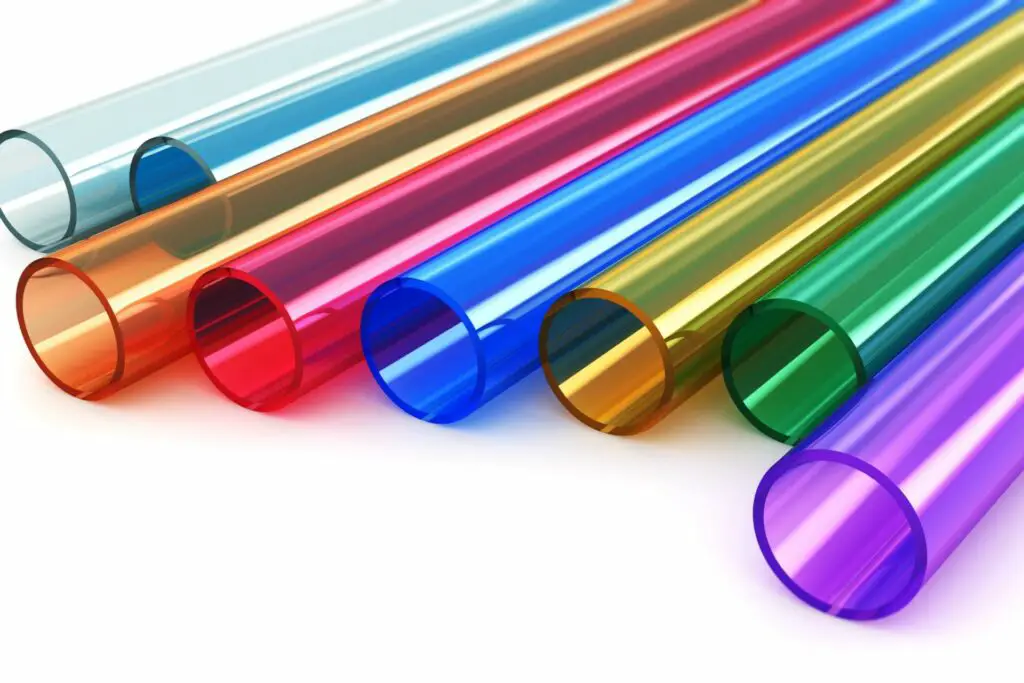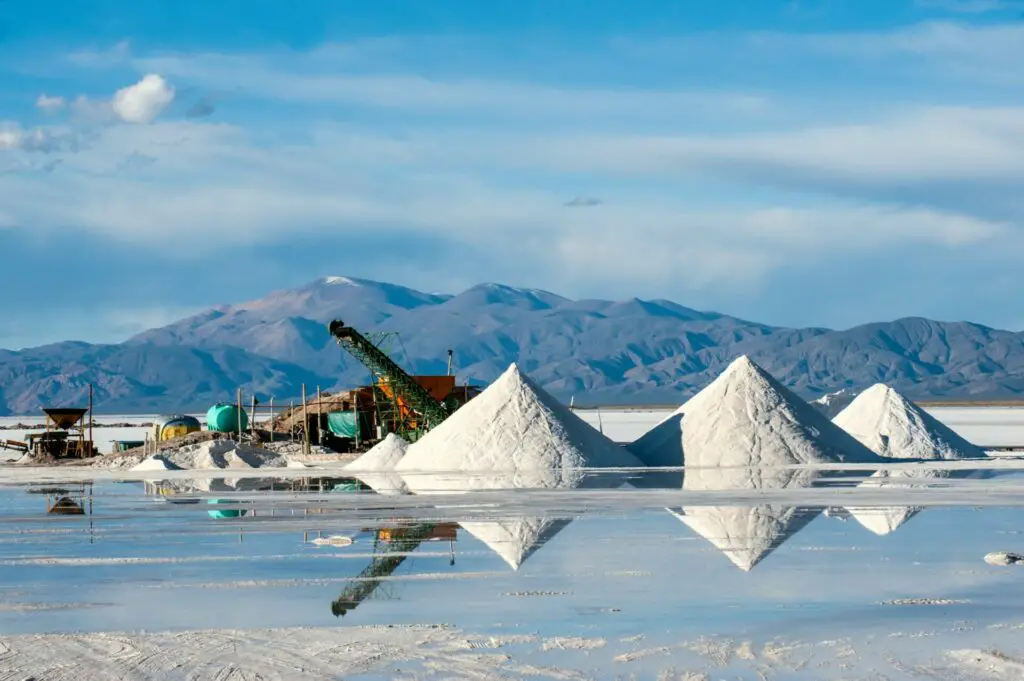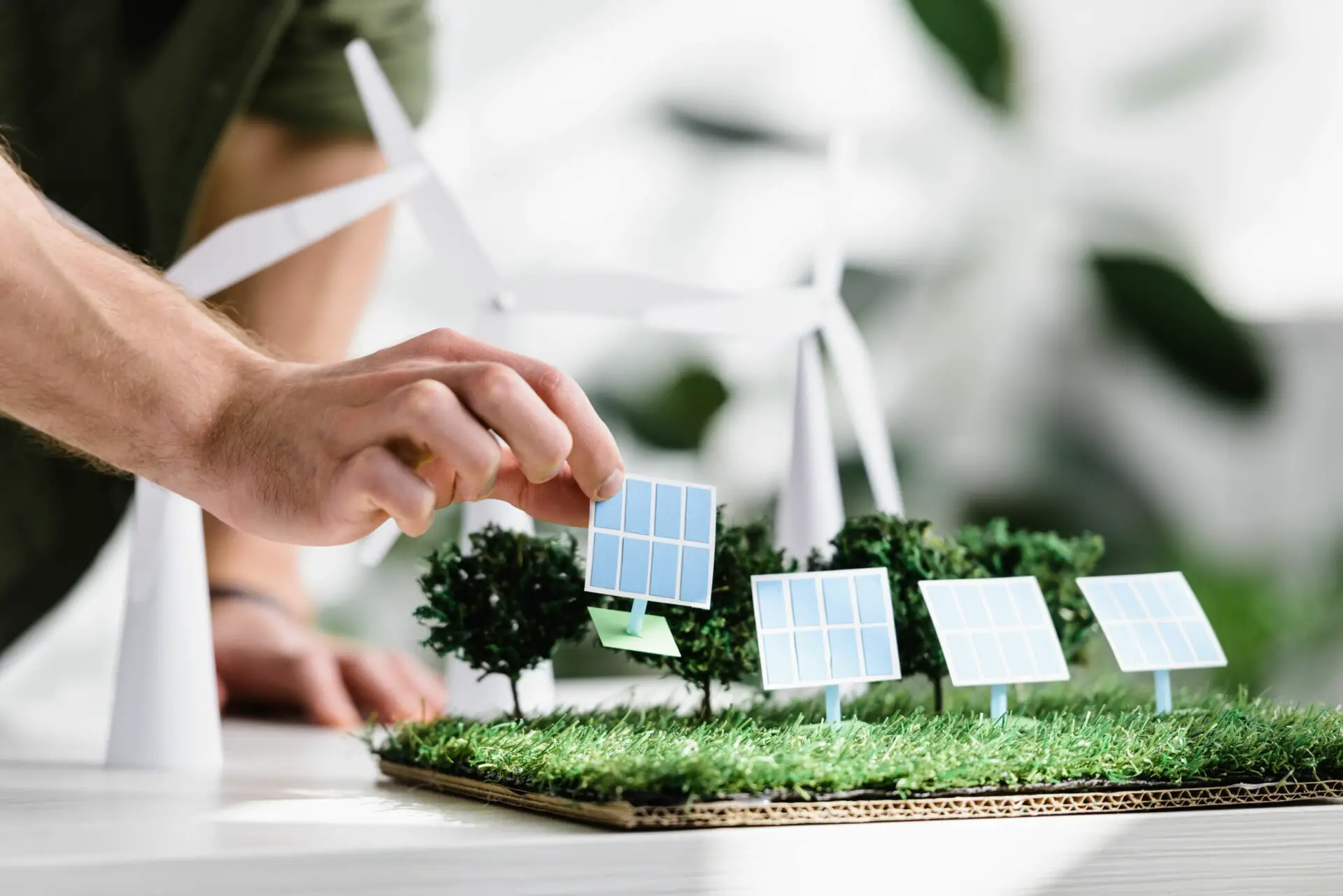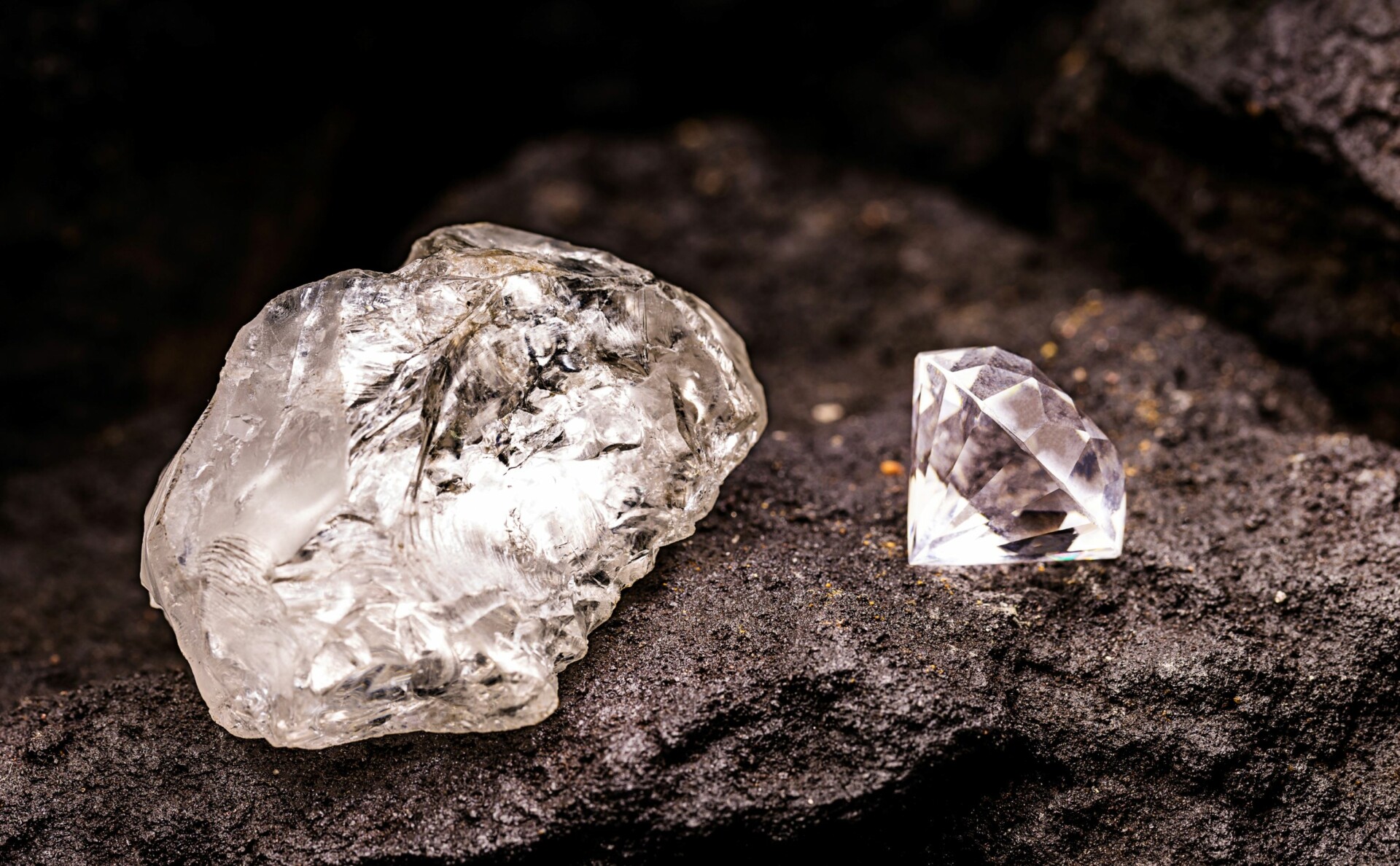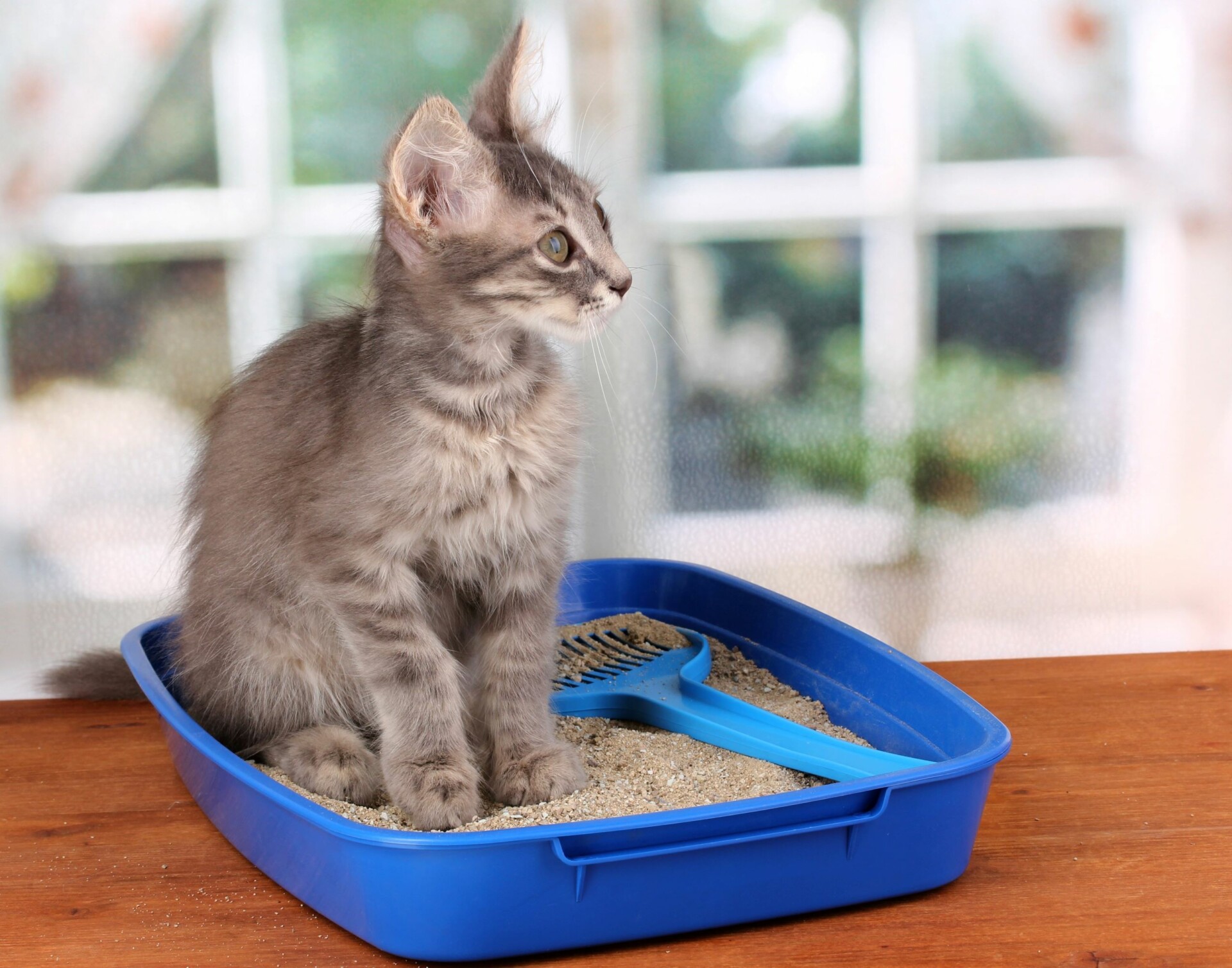With the growing popularity of green initiatives around the world, more homeowners are aware of their personal impact on the environment than ever before.
This new self-awareness has even changed the professional landscaping industry.
In 2018, 83% of landscapers said more clients were requesting native plants in their lawns and gardens. In the same survey, 72% reported an increased interest in sustainable irrigation.
These trends are great news for anyone worried about landscaping’s long-term effects on the environment. But there’s still a lot of work to be done!
How Does Landscaping Affect the Environment?
Most people know that landscaping impacts the environment in one way or another.
But do you know what that impact looks like?
Invasive Plants
Many invasive species started as landscape plants. Some examples include Japanese honeysuckle, English ivy, and — quite famously — kudzu.
Garden centers all over the world still sell invasive flowers and foliage plants. Countless homeowners unknowingly introduce invasive species into their landscapes every year.
The resulting damage can take years to undo.
Once established, invasive plants are nearly impossible to remove from an area. These plants spread rapidly, and eat up resources that native species rely on.
Harmful Chemicals
Landscape chemicals are not inherently harmful. But we should do everything in our power to minimize their use.
One of the biggest consequences of modern landscaping is the amount of fertilizer entering our water systems.
This is called nutrient pollution and can devastate lakes, rivers, and even tap water.
Pesticides can wreak havoc on insects (yes, even beneficial ones). These chemicals can also enter local waters and harm aquatic life.
Fewer Wildlife Habitats
Many people overlook the fact that landscapes don’t exist in a bubble. Instead, they almost always replace an existing ecosystem.
Most landscaping leaves little room for native wildlife habitats. This impacts the populations of key species and increases their contact with humans.
Emissions
Emissions from lawn equipment account for up to 5% of air pollution in the United States.
In the U.K., lawnmowers produce emissions equal to driving 500 million miles… every two weeks.
What Are the Environmental Benefits of Landscaping?
Contemporary landscaping puts a ton of strain on the environment. Fortunately, it’s not all bad.
Even the most basic landscaping can benefit the environment in surprising ways.
Erosion Management
Most landscapes are designed to keep soil in place. This (directly and indirectly) limits the rate of erosion.
Plants are great at preventing erosion. Ground cover plants soften the impact of heavy rainfall.
All plants, from flowers to trees, hold soil in place with their roots.
Applying mulch over exposed soil can stop erosion in garden beds.
Hardscape elements like retaining walls also play a major role in minimizing soil erosion.
Temperature Regulation
Green spaces have a major impact on temperature regulation, especially in urban environments.
Grass and other plants are much cooler than cement or asphalt. Lawns can offset up to 50% of solar heat, cooling the air 14° F more than pavement.
Trees are an excellent source of shade. Deciduous and evergreen trees can make homes more energy-efficient by blocking cold winds and heat from the sun.
Improved Stormwater Filtration
When rain falls on pavement and other non-permeable surfaces, it goes directly into a storm drain and sewer.
When the same rain falls onto a lawn or garden, it filters through plant matter, soil, and roots before entering local waterways or an aquifer.
Efficient landscaping prevents stormwater run-off and helps restore groundwater.
This natural filtration process can even remove pollutants from the water.
Are All Types of Landscaping Good for the Environment?
The relationship between modern landscaping and the environment as a whole is complex.
Some types of landscaping harm the environment. Others benefit the environment in remarkable ways.
With that said, identifying landscaping that is beneficial or harmful isn’t always easy (even for the eco-conscious!).
4 Examples of Eco-Friendly Landscaping
1. Rain Gardens
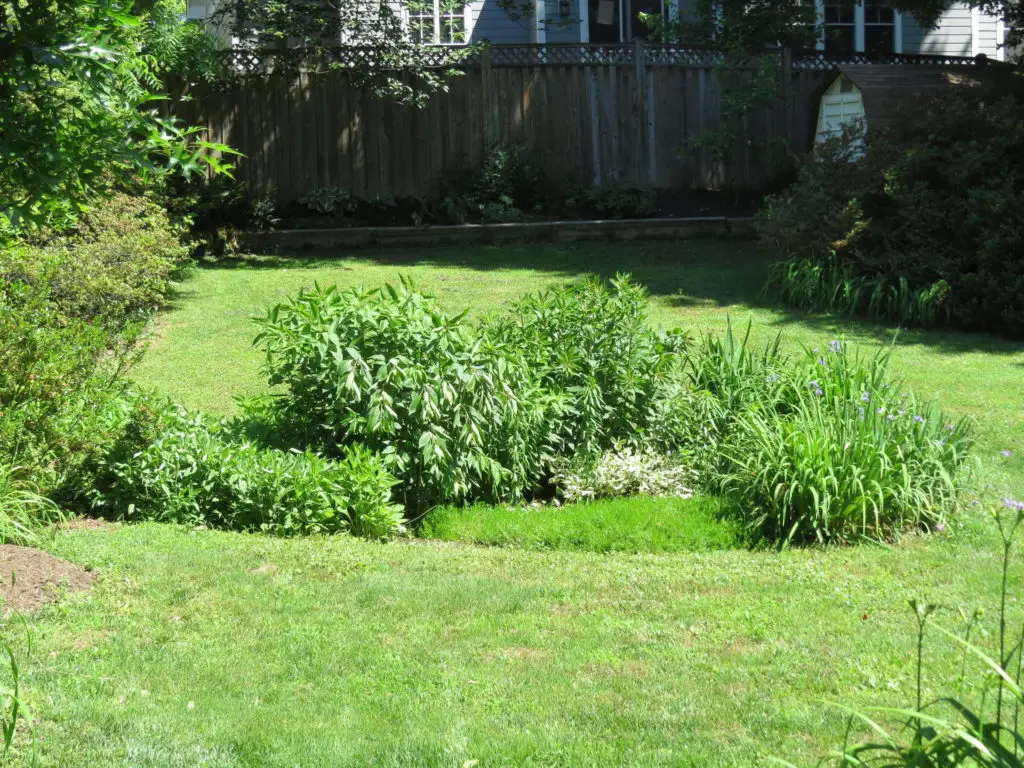
A rain garden is a small section of landscaping that collects and filters stormwater.
Rain gardens use native plants to lower the need for fertilizer or other chemicals. These gardens are usually placed at the bottom of a slope to maximize the collection of rainwater.
According to the Groundwater Foundation, rain gardens can effectively remove up to 90% of chemicals from water.
They also allow 30% more rain to permeate the soil than traditional lawns.
2. Xeriscaping
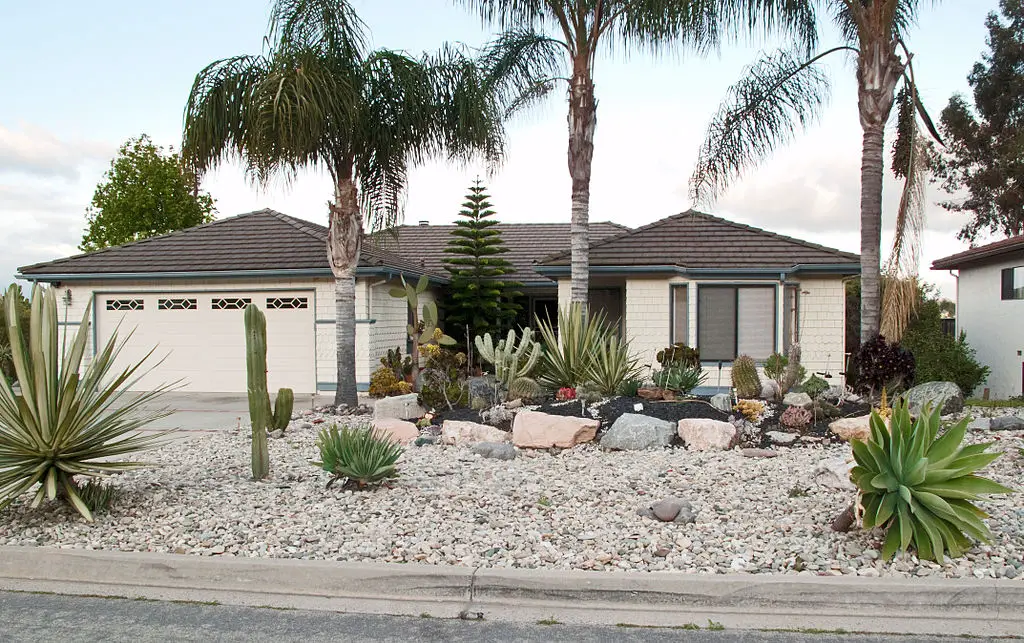
Xeriscaping is a landscape style that uses drought-tolerant plant species to lessen the need for irrigation.
These gardens are popular in arid regions, like the southwestern United States. However, xeriscaping can be done anywhere.
3. Shade Trees

Planting large, deciduous trees on the sun-facing sides of a building can cut down air conditioning costs by up to 35% in the summer.
In winter, these trees lose their leaves, allowing the sun’s rays to heat the building.
Evergreen trees can block harsh winter winds and reduce heating needs by 10-50%.
These landscaping techniques don’t just save homeowners money. They lower the total amount of consumed energy.
4. Ground Cover
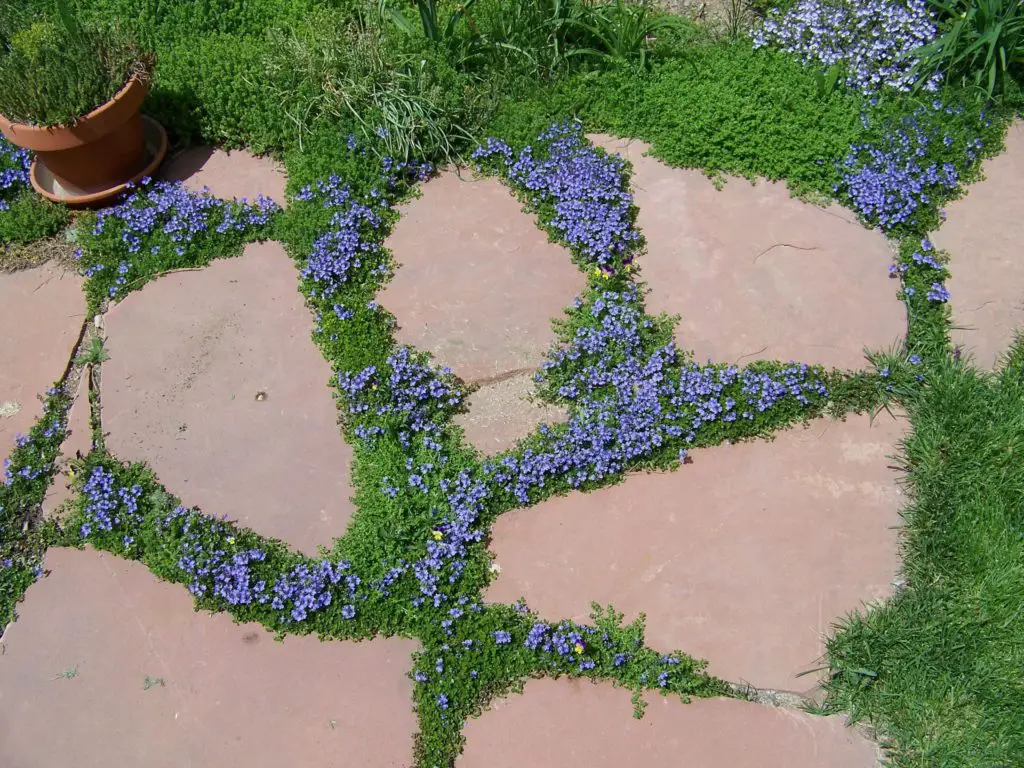
Ground cover plants offer the lush appearance of a lawn without the upkeep of turfgrass.
Popular choices include moss, pachysandra, and clover.
4 Examples of Landscaping Which Is Harmful to the Environment
1. Grass Only
Vast, manicured lawns are a staple of suburban living — especially in the United States.
But this style of landscaping takes a big toll on the environment. Grass-only landscaping lacks biodiversity.
This lack of diversity has an immediate impact on local wildlife. Over time, it can also impact the soil quality.
Homeowners don’t need to do away with turf grass altogether. Still, they should minimize open lawn space with alternatives like trees, native plants, and pollinator-friendly gardens.
2. Artificial Turf
Homeowners looking to cut down on irrigation often turn to artificial turf for their lawns. But this grass alternative isn’t as eco-friendly as it seems.
Despite its downsides, living grass does a lot for the environment. It absorbs stormwater, produces oxygen, and provides a habitat for small insects.
Artificial turf does none of this.
There’s also the question of what happens to artificial turf at the end of its lifetime.
Recycling this grass isn’t easy, and the plastic can take centuries to decompose.
3. High-Maintenance Species
Plants don’t need to be invasive to hurt the environment. Even seemingly harmless plants can be a drain on natural resources.
Homeowners might fall in love with a specific landscape style or species.
But if these plants aren’t suited to the local climate, the amount of irrigation, fertilizer, and chemical treatments needed to keep them alive can be staggering.
4. Over-Irrigation
Stopping over-irrigation isn’t just about choosing more drought-tolerant species.
The EPA estimates that homeowners use more than 9 billion gallons of water each day. Most of this water goes to landscape irrigation.
Letting a sprinkler system run when it’s not needed doesn’t just waste water. It increases the amount of pesticides and fertilizers entering the local water system.
To stop over-irrigation and reduce the number of chemicals entering the ecosystem, homeowners must fundamentally change their approach to lawn and garden maintenance.
7 Ways To Make Landscaping More Environmentally Friendly
More sustainable landscaping is not going to take over the world overnight. Instead, it will take countless small changes to make a big difference.
Here are just a few ways that homeowners and professional landscapers can make their projects more environmentally friendly:
1. Choose a Landscaping Style That Suits the Local Climate
Tailoring your landscape to the climate is the easiest path to an eco-friendly lawn or garden.
Not all climates are built to support a traditional lawn.
For example, maintaining a green yard somewhere with very little rainfall requires a ton of irrigation.
In this case, a landscape style like xeriscaping would be much more sustainable.
2. Incorporate Native Plants
Native plant species need fewer resources to thrive.
These plants are naturally acclimated to the soil, rainfall, and pests in the area.
While planning a landscape using only native plants won’t completely end the need for fertilizer, herbicides, and pesticides, it can greatly reduce it.
Try to plant species that support native pollinators and other wildlife. These include insects, birds, and more.
3. Opt for Eco-Friendly Hardscaping
The biggest issue with hardscaping — non-living elements like pavers, walkways, and patio slabs — is that it prevents rainwater from soaking into the earth.
Permeable concrete is becoming increasingly popular as an eco-friendly hardscaping material.
Landscape designers can also use open concrete grids in place of solid slabs.
4. Avoid High-Maintenance Grass Species
Grass lawns can be eco-friendly, too.
Choose a low-maintenance grass species that doesn’t need much water or fertilizer.
5. Limit the Use of Chemicals and Fertilizers
The best way to reduce the use of chemicals is to design a self-sufficient landscape.
Select plant species that are resistant to local pests and diseases.
Perform routine soil tests before applying fertilizer to your lawn or garden.
Soil testing offers a simple way to see what nutrients your native soil lacks. It can also prevent over-fertilizing.
6. Invest in Sustainable Irrigation
Collecting rainwater is an excellent way to maintain your lawn and garden without running up a huge water bill.
Many municipalities provide free or subsidized rain barrels to residents in support of this practice.
7. Switch to Electric Lawn Equipment
Electric-powered lawn tools are becoming more popular among both professional landscapers and homeowners.
These tools create zero emissions. Electric tools also produce less noise pollution than gas-powered ones.
Conclusion
So, is landscaping good for the environment? Yes and no.
While landscaping can negatively impact the environment by replacing natural ecosystems and displacing wildlife, there are responsible ways to alter the land around us.
There are even some landscaping elements, such as retaining walls, that can protect the environment from continuing damage like erosion.
You can help ensure your home or business’s landscaping does minimal harm to (or even benefits) the environment by adhering to the following practices:
- Utilize native plant species
- Limit the use of chemical products
- Maximize water-permeable surfaces
- Avoid over-irrigation
Opting for more sustainable landscaping might seem insignificant. But if everyone makes these small changes, we could see a huge difference in our environment in the near future.
You Might Also Like…
- Is Fast Food Bad for the Environment? (& What You Can Do)
- Is Fabric Softener Bad for the Environment? (+5 Eco-Friendly Options)
- Is Fuel Dumping Bad for the Environment? (& How Often It Happens)
- Is Electricity Generation Bad for the Environment? (What You Should Know)
- Is Dry Cleaning Bad for the Environment? (4 Surprising Facts)
- Is Diamond Mining Bad for the Environment? (Important Facts)
- Is DEET Bad for the Environment? 4 Effects (You Should Know)
- Is Cat Litter Bad for the Environment? (5 Common Questions)
- Is Burning Cardboard Bad for the Environment? (6 Facts)
- Is Burning Paper Bad for the Environment? (6 Surprising Facts)
- Is Burning Leaves Bad for the Environment? (7 Quick Facts)
- 4 Natural Cleaners for Quartz Countertops
- 6 Eco-Friendly Acrylic Paint Brands (For Sustainable Artists)
- 5 Eco-friendly Alternatives to Acrylic Paint (& How to Make Them)
- Is Acrylic Paint Bad for the Environment? (7 Quick Facts)
- Is Acrylic Yarn Bad for the Environment? 8 Crucial Facts
- Is Acrylic Bad for the Environment? (8 Quick Facts)
- Is Aluminum Foil Bad for the Environment? 7 Quick Facts
- Is Bleach Bad for the Environment? 6 Crucial Facts
- Is Lithium Mining Bad for the Environment? 6 Crucial Facts

